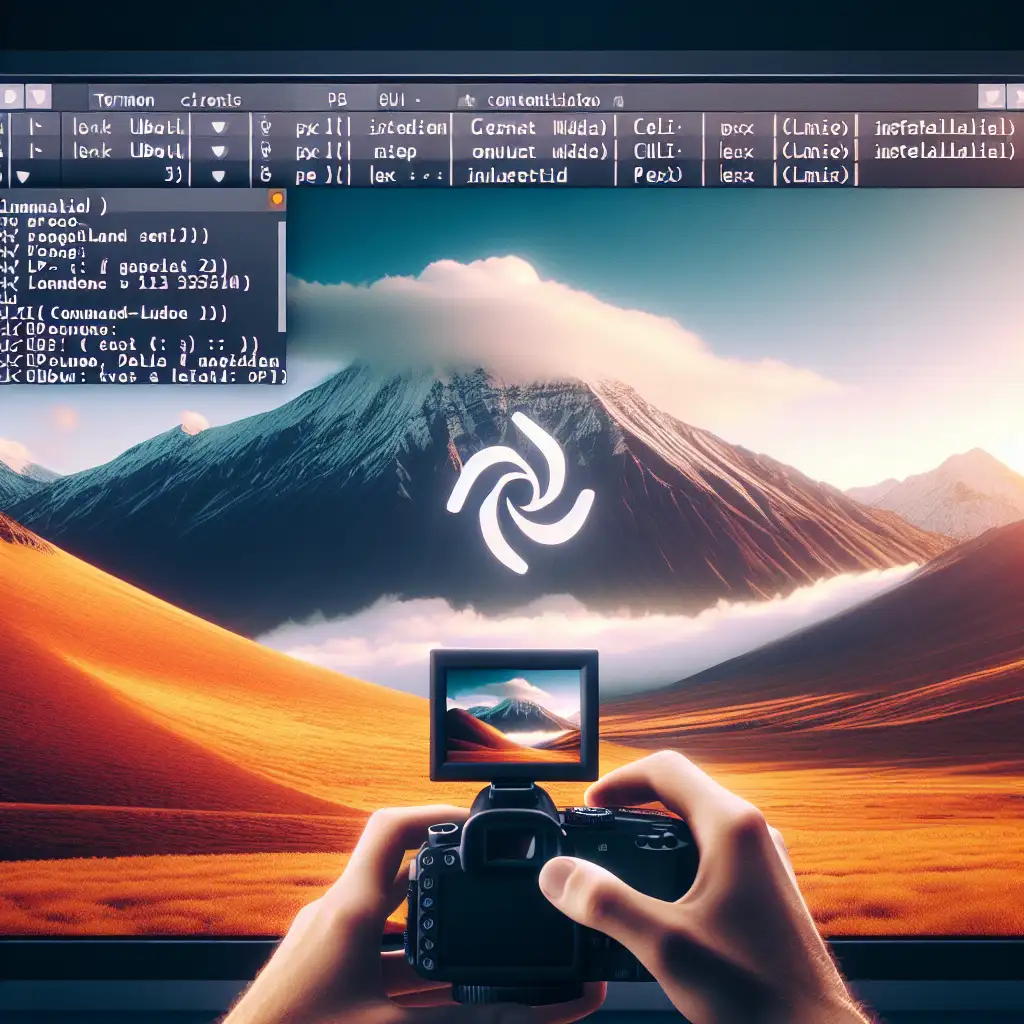Step-by-Step Guide to Installing Plex on Ubuntu: The Ultimate Media Server Setup
Forget one-size-fits-all media servers; this guide shows exactly how to tailor Plex on Ubuntu to your specific setup—maximizing performance and compatibility while cutting through the noise of generic tutorials. Plex turns your Ubuntu machine into a powerful media server, centralizing your digital entertainment with seamless streaming across devices. Understanding how to properly install and configure Plex on Ubuntu ensures a stable, efficient, and scalable media hub that leverages open-source tech without unnecessary overhead.
Why Choose Plex on Ubuntu?
Ubuntu is a reliable, lightweight Linux distribution known for its stability and extensive support. Coupling it with Plex lets you transform any spare PC or home server into a multimedia powerhouse. Plex organizes your movies, TV shows, music, and photos with metadata enhancements and streams them hassle-free to TVs, smartphones, tablets, or web browsers.
Ready? Let's dive into the exact steps you need to get Plex up and running on your Ubuntu machine.
Step 1: Prepare Your Ubuntu Machine
Before installing Plex, ensure your system is up-to-date:
sudo apt update && sudo apt upgrade -y
This makes sure all system packages are current — important for security and compatibility.
If you’re running an Ubuntu desktop or server edition, both work fine for Plex.
Step 2: Add the Official Plex Repository
Rather than installing from random third-party sources or old downloads, add Plex’s official repository for reliable updates.
- Install required tools:
sudo apt install curl apt-transport-https -y
- Import the Plex repository GPG key:
curl https://downloads.plex.tv/plex-keys/PlexSign.key | sudo apt-key add -
- Add the repository (assuming Ubuntu 20.04 Focal as an example):
echo "deb https://downloads.plex.tv/repo/deb public main" | sudo tee /etc/apt/sources.list.d/plexmediaserver.list
- Update package lists again:
sudo apt update
Step 3: Install Plex Media Server
Now install the server package:
sudo apt install plexmediaserver -y
This installs Plex along with all dependencies as a systemd service that starts automatically at boot.
Step 4: Verify That Plex Is Running
Check service status with:
systemctl status plexmediaserver
You should see something like active (running) indicating the server is up.
If it’s not active, start it manually:
sudo systemctl start plexmediaserver
And enable auto-start at boot if needed:
sudo systemctl enable plexmediaserver
Step 5: Adjust Firewall Rules (If Applicable)
If you have UFW (Uncomplicated Firewall) enabled on your Ubuntu machine, allow access to the necessary ports:
sudo ufw allow 32400/tcp
sudo ufw reload
Port 32400 is the default port that Plex uses for web interface access and streaming.
Step 6: Access Plex Web Interface & Initial Setup
Open a web browser on any machine in your network and go to:
http://<YOUR_UBUNTU_IP_ADDRESS>:32400/web
Replace <YOUR_UBUNTU_IP_ADDRESS> with your actual IP (use ip a or hostname -I on Ubuntu to find it).
Log in or sign up for a free Plex account when prompted.
Now you'll be walked through creating libraries—pointing Plex toward your video folders, music, photos etc.
Example folder structure:
/home/username/Media/Movies/
/home/username/Media/TV_Shows/
/home/username/Media/Music/
Use these paths when adding libraries in plex’ interface for automatic metadata scraping and organization.
Step 7: Optimize Permissions for Media Folders
Make sure the plex user running the server has read access to your media folders:
sudo chown -R plex:plex /home/username/Media/
sudo chmod -R 755 /home/username/Media/
Alternatively, give group access if you want to keep folder ownership intact but allow plex user reading rights.
Example:
sudo usermod -aG <your-user-group> plex
Then set group permissions accordingly.
Step 8: Tweak Advanced Settings (Optional)
After setup, head over to Settings > Server in your browser dashboard for things like:
- Enabling hardware acceleration (requires compatible GPU)
- Remote access configuration for streaming outside local network
- Library update intervals & scan configurations
You may also add plugins or customize transcoding settings depending on your hardware stride.
Bonus Tips for a Smooth Experience
- Automate Library Updates: Enable scanning schedules to keep new media instantly indexed.
- Install PMS Monitor: A helpful tool (
plexmediaserver-mon) which alerts you of crashes. - Backup Your Config: The config files typically live under
/var/lib/plexmediaserver/Library/Application Support/Plex Media Server. Keep copies before making big changes. - Consider SSD Storage: For snappy metadata responses if using large libraries.
Conclusion
Setting up Plex on Ubuntu doesn't have to be intimidating or generic—this step-by-step approach ensures you configure a tailored media server that fits seamlessly into your digital life. Whether you're streaming locally or remotely, managing large collections or just sharing family photos, owning your own curated entertainment hub puts you back in control without hefty subscriptions or complicated setups.
Ready to get started? Follow these steps today and turn your Ubuntu box into the ultimate media server powerhouse!
Feel free to drop questions below if you hit any snags during installation – happy streaming!
